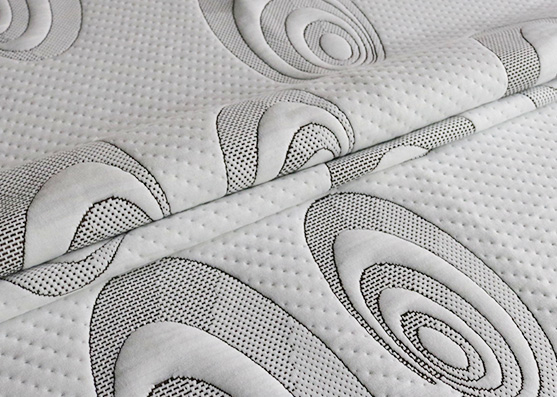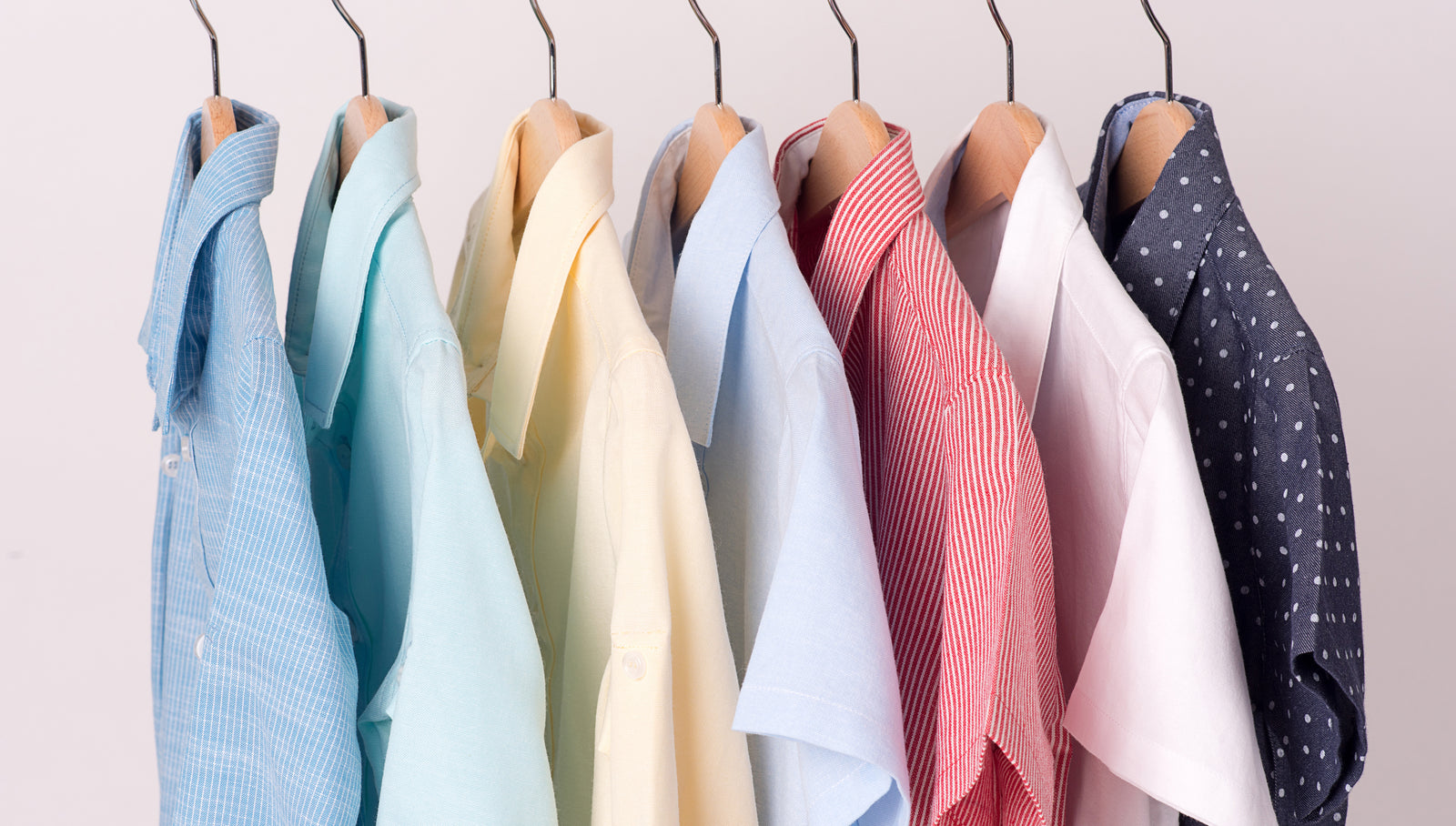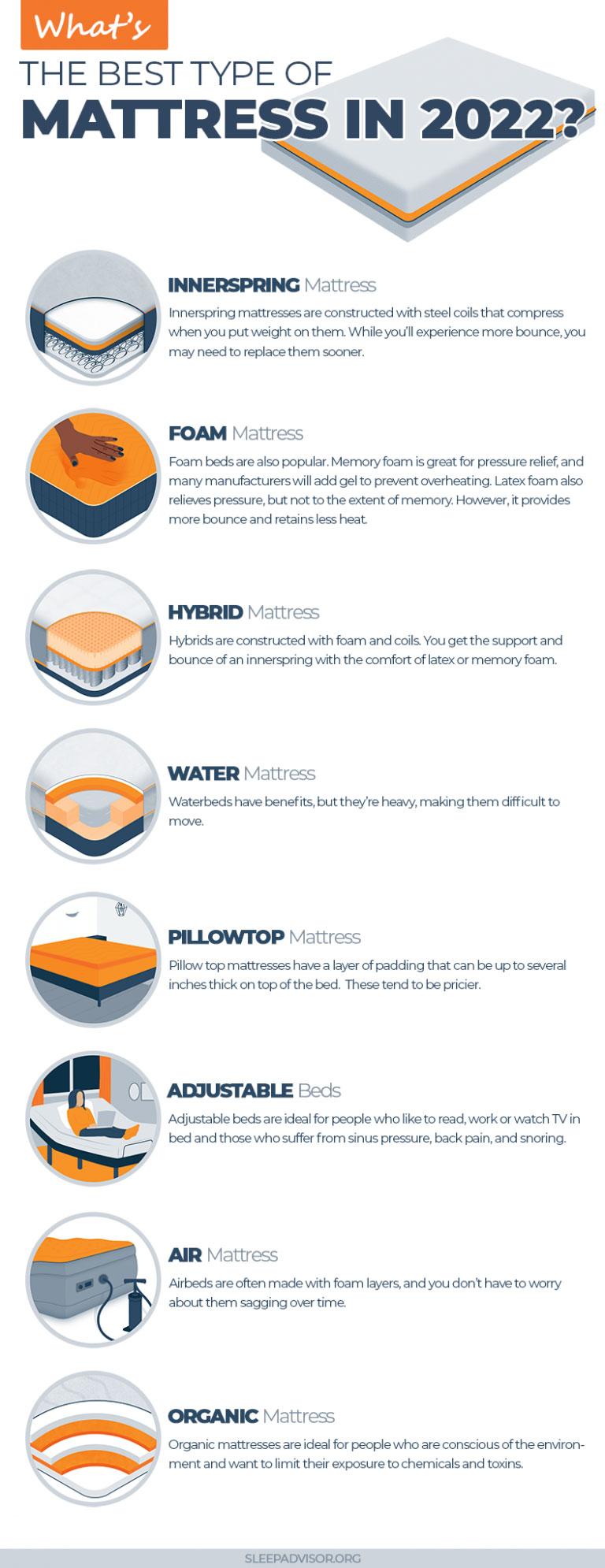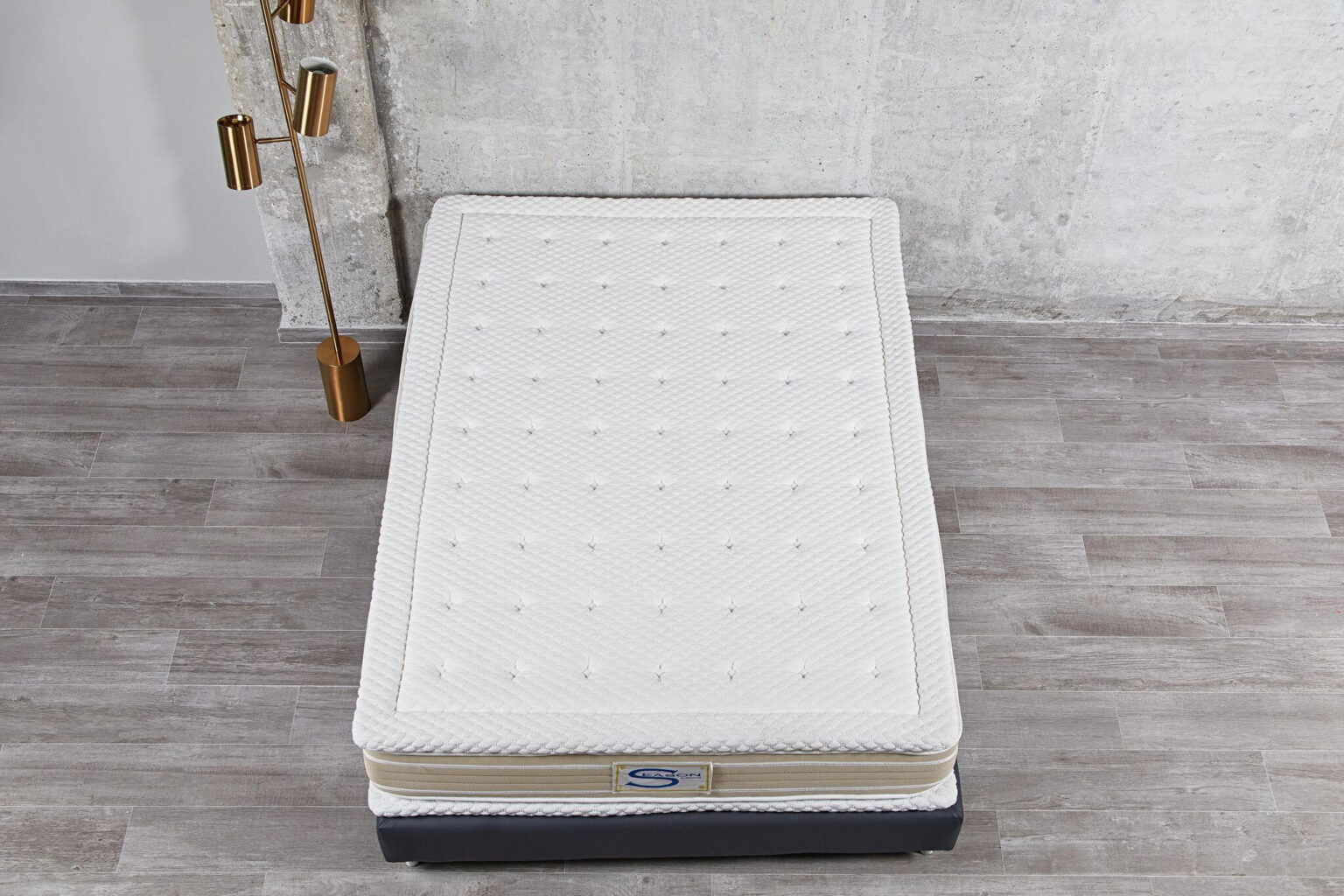The Importance of Fabric in a Mattress Cover
When it comes to getting a good night's sleep, the quality of your mattress is crucial. But one often overlooked factor in mattress comfort and durability is the fabric used in the mattress cover. The fabric not only affects the overall feel of the mattress, but it also plays a role in breathability, cleanliness, and even environmental impact. So, what do you need to know about the fabric in a mattress cover? Let's take a closer look.
How to Choose the Right Fabric for Your Mattress Cover
When shopping for a mattress cover, it's important to consider the type of fabric used. Some fabrics are better suited for certain climates, while others may be more suitable for people with allergies or sensitive skin. The key is to find a fabric that not only feels comfortable to you but also meets your specific needs.
Understanding the Different Types of Mattress Cover Fabrics
There are several common types of fabrics used in mattress covers, each with its own unique properties. For example, cotton is a popular choice for its soft and breathable nature, while polyester is known for its durability and ease of care. Other common materials include bamboo, silk, and wool. It's important to research the different fabrics and choose one that aligns with your preferences and needs.
The Impact of Fabric on Mattress Comfort and Durability
The fabric used in a mattress cover can greatly affect its overall comfort and durability. For example, cotton and bamboo are known for their softness and breathability, while polyester can feel stiffer and less comfortable. Additionally, the type of fabric can also affect the lifespan of the mattress cover. A high-quality, durable fabric will help your mattress cover last longer and maintain its shape and comfort over time.
Why the Fabric in Your Mattress Cover Matters for Allergies
If you suffer from allergies, the fabric used in your mattress cover can make a big difference. Certain fabrics, like cotton and bamboo, are hypoallergenic and can help prevent allergic reactions. Additionally, some fabrics are better at repelling dust mites and other allergens, making them a better choice for allergy sufferers.
The Best Fabrics for a Cool and Breathable Mattress Cover
Do you often find yourself waking up hot and sweaty during the night? The fabric in your mattress cover could be the culprit. Some fabrics, like cotton and bamboo, are known for their breathability and ability to wick away moisture, keeping you cool and comfortable throughout the night. If temperature regulation is a concern for you, be sure to choose a fabric that promotes airflow and prevents overheating.
How to Clean and Care for Different Types of Mattress Cover Fabrics
To keep your mattress cover in top condition, it's important to know how to properly clean and care for it. Different fabrics may require different cleaning methods, so be sure to check the care instructions before washing. For example, cotton and bamboo can typically be machine washed, while silk may need to be dry cleaned. Proper care and maintenance will not only keep your mattress cover looking and feeling great, but it can also extend its lifespan.
The Role of Fabric in Protecting Your Mattress from Stains and Spills
In addition to providing comfort and breathability, the fabric in your mattress cover also plays a crucial role in protecting your mattress from spills, stains, and other accidents. Some fabrics have natural stain-resistant properties, while others may require the use of a mattress protector. It's important to choose a fabric that is both comfortable and durable enough to withstand everyday use and potential spills.
Choosing a Mattress Cover Fabric for Different Seasons and Climates
The type of fabric you choose for your mattress cover can also play a role in how well you sleep during different seasons and in various climates. For example, a warmer fabric like flannel or fleece may be cozy during the winter, but it may be too hot and uncomfortable during the summer. Consider the climate and temperature of your bedroom when choosing a fabric for your mattress cover.
The Environmental Impact of Different Mattress Cover Fabrics
Last but certainly not least, the fabric used in your mattress cover can have an impact on the environment. Some fabrics, like cotton and bamboo, are considered more sustainable and eco-friendly compared to synthetic materials like polyester. If reducing your carbon footprint is important to you, be sure to choose a fabric that aligns with your values.
In conclusion, the fabric in a mattress cover is an important factor to consider when looking for the perfect mattress. It affects not only the overall comfort and durability of the mattress, but it also plays a role in temperature regulation, allergies, and environmental impact. So, take the time to research and choose a fabric that meets your needs and preferences, and you'll be on your way to a comfortable and restful night's sleep.
The Role of Mattress Cover Fabric in House Design

Choosing the Right Fabric for Your Mattress Cover
 When it comes to designing your dream home, every detail matters. From the color of the walls to the style of furniture, every element contributes to the overall aesthetic of your space. But there is one element that often gets overlooked – the fabric of your
mattress cover
. Many people may not realize it, but the fabric of your mattress cover plays a crucial role in the design of your house.
When it comes to designing your dream home, every detail matters. From the color of the walls to the style of furniture, every element contributes to the overall aesthetic of your space. But there is one element that often gets overlooked – the fabric of your
mattress cover
. Many people may not realize it, but the fabric of your mattress cover plays a crucial role in the design of your house.
Comfort and Durability
Enhancing Aesthetics
 In addition to providing comfort and protection, the fabric of your mattress cover can also enhance the overall aesthetics of your house. The type of fabric you choose can add texture, color, and pattern to your bedroom. For a modern and sleek look, opt for a
satin
or
silk
mattress cover. For a cozy and rustic feel, go for a
wool
or
flannel
cover. The fabric you choose should complement the overall design of your house and reflect your personal style.
In addition to providing comfort and protection, the fabric of your mattress cover can also enhance the overall aesthetics of your house. The type of fabric you choose can add texture, color, and pattern to your bedroom. For a modern and sleek look, opt for a
satin
or
silk
mattress cover. For a cozy and rustic feel, go for a
wool
or
flannel
cover. The fabric you choose should complement the overall design of your house and reflect your personal style.
Practical Considerations
 When deciding on the fabric for your mattress cover, it's essential to consider practical factors as well. If you have pets or children, you may want to choose a fabric that is easy to clean and resistant to stains.
Microfiber
and
polyester
are great options for these situations. They are also hypoallergenic, making them ideal for those with allergies.
When deciding on the fabric for your mattress cover, it's essential to consider practical factors as well. If you have pets or children, you may want to choose a fabric that is easy to clean and resistant to stains.
Microfiber
and
polyester
are great options for these situations. They are also hypoallergenic, making them ideal for those with allergies.
Conclusion
 In conclusion, the fabric in your mattress cover does matter when it comes to house design. It not only adds to the comfort and durability of your mattress but also plays a significant role in enhancing the overall aesthetic of your space. When choosing the fabric for your mattress cover, consider factors such as comfort, durability, aesthetics, and practicality. By selecting the right fabric, you can create a beautiful and comfortable bedroom that reflects your personal style.
In conclusion, the fabric in your mattress cover does matter when it comes to house design. It not only adds to the comfort and durability of your mattress but also plays a significant role in enhancing the overall aesthetic of your space. When choosing the fabric for your mattress cover, consider factors such as comfort, durability, aesthetics, and practicality. By selecting the right fabric, you can create a beautiful and comfortable bedroom that reflects your personal style.









































































































.jpg)




